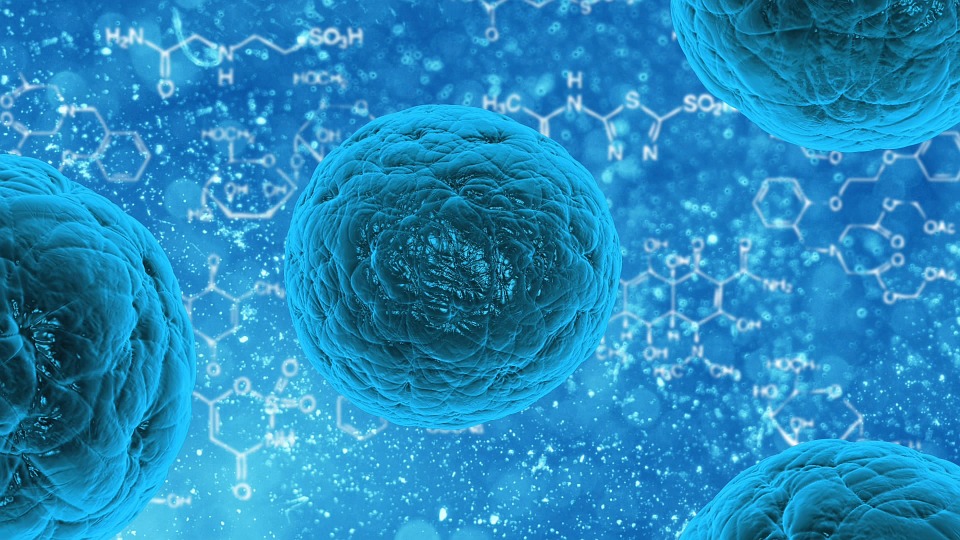Israeli and American scientists, funded in part by Canada’s Azrieli Foundation, have discovered a tool that could help develop cures for a wide variety of genetic disorders and help further other medical advancements.
Last year, the Azrieli Foundation allocated $10 million to fund research at the Azrieli Center for Stem Cells and Genetic Research at the Hebrew University of Jerusalem, one of the largest repositories of stem cells carrying genetic diseases and chromosomal disorders in the world.
Foundation CEO Naomi Azrieli said she’s very excited about the discovery.
“They created a new type of stem cell line, which, more than anything right now, is a tool. It is an important, different, and completely innovative set of tools where they’ll be better able to do genetic screening and understand the development of genetic diseases and human development. The result of that is going to be… new therapies in cancer, new therapies in nerve regeneration [and] regenerative medicine, [as well as] diseases that relate to aging and diseases that relate to child development.”
READ: WEIZMANN RESEARCH COULD HELP TREAT HOST OF DISEASES
An Israeli research team led by the director of the research centre, Prof. Nissim Benvenisty, and Ido Sagi, a PhD student there, published their findings in the March edition of the medical journal Nature.
The research paper describes the stem cells as the first human cells that are known to be capable of cell division with just one copy of the parent cell’s genome.
Most human cells are known as “diploid” cells because they inherit two sets of chromosomes – 23 from each parent. Egg and sperm cells are the only exceptions. They are known as “haploid” cells, because they contain a single set of 23 chromosomes.
The scientists succeeded in triggering the division of unfertilized human egg cells and isolating the haploid stem cells.
The researchers showed that these cells were able to differentiate into many other cell types, including nerve, heart and pancreatic cells, while retaining a single set of chromosomes.
In diploid cells, it is more difficult to detect the biological effects of a single-copy mutation, because there is another normal copy that serves as a backup. Having a single copy of the gene to target may be a powerful tool for genetic screens and offer the potential to facilitate genetic analysis in biomedical fields such as cancer research, precision and regenerative medicine.
“They’ve created the next, most cutting-edge tool in order to look at the way genes develop and what they do, and then actually be able to manipulate them. That is what is very exciting,” Azrieli said.
“There are a number of other new technologies that have literally just happened this year, that make it possible, along with this now, to actually edit genes. This tool is like the last element scientists needed in order to do that really easily.”
READ: SHOULD SCREENING FOR BREAST CANCER GENE BE EXPANDED?
Azrieli said that one of the reasons the foundation chose to donate to the stem cell centre was because of the work it was doing on the developmental disorder Fragile X syndrome.
“It is the No. 1 cause of… of developmental delay in children worldwide. It’s the number one genetic-based cause. They’re interested in finding treatments, maybe even finding a way to repair the genetic disorder that underlies it,” she said, adding she’s confident the new discovery will achieve even more than that.
“This can be used to look at genetically based disorders of all kind. It’s a very wide-ranging discovery. It is not specific to one disorder, to one disease… I think it will be used worldwide in labs, doing all sorts of research on all sorts of diseases… I expect this will be widely applied in about six months to a year.
